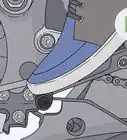This article was co-authored by American Automobile Association. The American Automobile Association (also known as "AAA" or "Triple A") is a federation of motor clubs throughout North America and a non-profit organization focused on the safety of the driving public and the future of mobility. Best known for providing its members with roadside assistance, AAA has also been providing auto repair services and insurance for auto, home, life, and business for over a century. Founded in 1902, AAA is headquartered in Heathrow, Florida.
There are 7 references cited in this article, which can be found at the bottom of the page.
This article has been viewed 68,165 times.
Many people enjoy the freedom and adrenaline rush that riding a motorcycle can give you. However, riding a motorcycle is very dangerous if you’re unprepared. First, take a motorcycle safety course in your area to learn how to ride safely. Next, always be aware of the road conditions and dodge any obstructions. Avoid common driving mistakes by paying attention to the cars around you. Finally, ride safely by wearing safety gear and maintaining your motorcycle.
Steps
Being Aware of Your Surroundings
-
1Complete a motorcycle safety course. No matter your skill level, you can benefit from taking a safety course. These courses teach you how to avoid accidents, how to crash safely, and how to deal with the aftermath. Many countries have motorcycle safety organizations or government agencies that offer safety courses. Do an online search to find one in your area.
- For example, the Motorcyclist Safety Foundation offers beginner and advanced courses all over US.
- In England, the government offers “Enhanced Riding Schemes,” or courses that are designed to improve a rider’s safety.[1]
-
2Behave as if no car can see you. Many drivers have trouble spotting motorcycles on the road, whether because of a blind spot or because they’re not paying attention. Whenever you’re driving near a car, assume that the rider cannot see you. For example:
- Stay away from potential blind spots by riding in front of or behind a car.
- When a car is backing up, assume they won’t see you in time to stop. Let them finish and then continue on your way.
- If a car is merging into your lane, give them space. If they can’t see you they will run you over.
Advertisement -
3Pay attention to the wheels of other cars. If you’re not sure where a car will turn, look at their wheels. The angle of the wheel will indicate where they want to go next.[2] This information can help you avoid many accidents. For example:
- You will be aware of cars trying to turn left on top of you.
- A rider can see whether a driver will try to change lanes at an intersection.
- If the car is backing up, you will know what direction they will most likely go.
-
4Watch out for any obstructions in the road. This can include cars, rocks, and other debris. By being watchful, you will give yourself enough time to avoid anything that you see on the road. For example, if you’re riding on a small country road, keep an eye out for any cars parked in your lane. Other dangerous road debris include:
- Patches of gravel
- Puddles of water
- Oil on the road
- Large branches on the street
-
5Check your mirrors often. Be aware of what’s going on behind you by checking your mirrors. It can be tempting to keep the eye on the road in front of you at all times. However, you can benefit from knowing what’s going on behind you. For example:
- If a car is speeding, they may come up behind you quickly and startle you.
- A car behind you may turn on their blinker, indicating that they may merge on top of you if you don’t pay attention.
Avoiding Common Mistakes
-
1Be careful of cars turning left at intersections. Many motorcyclists are hit at intersections by cars turning left on top of them. In fact, this is the most common type of motorcycle and car collision.[3] To avoid getting hit, keep an eye on approaching car’s blinkers and give them plenty of room to turn.
- If a car turns left near you without using their blinker, you may need to speed up or swerve to avoid them.
-
2Position your hands over your brakes when stopping. A large amount of motorcycle accidents happen at intersections. Therefore, you need to be able to brake at a moment’s notice when approaching a stop. Position your hands over both the front and the rear brakes as you stop to decrease your reaction time.
-
3Avoid getting rear ended at stop lights. Many cars overlook a motorcycle that’s parked at a light. To avoid getting hit, create a buffer between you and oncoming traffic by pulling in front of the car in front of you. Make sure to give the car a friendly wave as you move around them. [4] Other methods of stopping at intersections include:
- Stopping between traffic lines so that cars can’t hit you
- Stopping to the side of the lane, giving you an escape route
-
4Resist the urge to ride between cars in traffic. What seems like a convenient time saver is actually a recipe for disaster.[5] This is especially important when riding between an active lane and a lane of parked traffic. The dangers of riding between these cars include:
- A car door opening, blocking your path
- A car unexpectedly merging into another lane to escape traffic and merging on top of you
- A driver cutting in front of you to merge, blocking your way
-
5Avoid speeding through tight turns. If you’re going through a turn too quickly, you may end up flying off the road. To prevent this from happening, avoid driving too quickly to correct a bad turn. The faster you’re going, the less time you’ll have to adjust for a sharp turn. Use visual clues such as light posts and telephone polls to help you gauge the severity of a turn.
- If you find yourself in this position anyway, don’t slap on your brakes or chop the throttle. Instead, lean into the turn and try to ride it out.[6]
-
6Don’t drink and drive. Half of the motorcycle accidents in the U.S. involve alcohol. Statistically, the best way to avoid an accident is to drive responsibly.[7] Avoid drinking any kind of alcohol when riding your motorcycle.
- If you’ve had too much to drink, play it safe and call a rideshare or taxi. It’s better to have to come back for your motorcycle than get in a fatal accident.
-
7Follow any speed limits. It can be tempting to race down the road at top speed. However, if you go too fast, you won’t be as aware of the road. For example, if you’re speeding, you may not have time to swerve and avoid a patch of gravel. Other dangers include:
- Not being able to turn properly because you’re going too fast
- Running into a car, person, or animal
- Hitting a patch of water and hydroplaning
Riding Safely
-
1Buy motorcycle safety gear. Do an online search to find a specialized motorcycle gear store in your area. When you visit the store, an associate will help you choose gear that fits and that meets safety standards. If you buy your gear used or online, you don’t have a guarantee that it will protect you. Always wear your gear, especially your helmet. Safety gear includes:
- A motorcycle helmet
- Riding boots
- Gloves
- Leathers (protective leather clothing)
- Body armor[8]
-
2Maintain your motorcycle.[9] Get your motorcycle checked regularly to make sure all the parts are functioning properly. Additionally, if your motorcycle starts to make a strange noise or if you have trouble steering, see a mechanic. If you don’t, you may have an accident. Other regular maintenance includes:
- Regularly changing the tires to prevent skidding and sliding
- Changing the oil whenever needed
- Rotating the tires if they are out of alignment
-
3Practice braking. Many riders are unprepared for any accident scenarios they encounter. If you practice braking quickly, the motions will be second-nature when you need them. First, find an empty parking lot or long, unused road. Practice speeding up and slamming on your brakes. When braking, keep your steering straight and your braking constant.
- Start at smaller speeds and increase them as you become more comfortable with braking. For example, start by braking at 5 miles an hour, then moving to 10 miles an hour.
- Some people believe that the best way to stop your motorcycle is to turn it on its side and slide. This is a dangerous, outdated method of stopping.
Community Q&A
-
QuestionI live in a hot, humid country where safety gear is a burden on the body. What can I do?
 Community AnswerGet a high quality mesh jacket. There are also packs you can fill with water and put on the inside of your jacket, which works really well to keep the rider cool.
Community AnswerGet a high quality mesh jacket. There are also packs you can fill with water and put on the inside of your jacket, which works really well to keep the rider cool. -
QuestionCan you wear flip flops?
 Community AnswerNever wear flip flops when riding a motorcycle. Always wear thick boots with steel toes. If you don't, you may lose your toes in an accident.
Community AnswerNever wear flip flops when riding a motorcycle. Always wear thick boots with steel toes. If you don't, you may lose your toes in an accident. -
QuestionWhich break should I use in an emergency situation?
 CrayFish715Community AnswerEmergency stopping is simple. Clutch in. Brace against handle bars. Squeeze front brake (DON'T JAB). Gently apply rear brake. Your front brake should be 90%of your stopping power, and the rear brake is to help bleed speed. Don't lock your rear brake, or your rear tire will skid left, and your bike will fall over.
CrayFish715Community AnswerEmergency stopping is simple. Clutch in. Brace against handle bars. Squeeze front brake (DON'T JAB). Gently apply rear brake. Your front brake should be 90%of your stopping power, and the rear brake is to help bleed speed. Don't lock your rear brake, or your rear tire will skid left, and your bike will fall over.
Warnings
- Don't carry a pillion passenger until you are experienced enough. In the UK, for example, it is illegal to carry a pillion passenger until you get a full motorbike licence.⧼thumbs_response⧽
- Verify that your bike is in good riding condition before every trip. Check that your lights and indicators are working, and if you are carrying a load, make sure it is secure.⧼thumbs_response⧽
References
- ↑ https://www.gov.uk/enhanced-rider-scheme/overview
- ↑ https://rideapart.com/articles/10-common-motorcycle-accidents-and-how-to-avoid-them
- ↑ http://www.nolo.com/legal-encyclopedia/motorcycle-accidents-common-causes-30330.html
- ↑ http://www.hw-lawfirm.com/the-5-best-ways-to-prevent-motorcycle-accidents/
- ↑ https://rideapart.com/articles/10-common-motorcycle-accidents-and-how-to-avoid-them
- ↑ https://rideapart.com/articles/10-common-motorcycle-accidents-and-how-to-avoid-them
- ↑ http://www.nolo.com/legal-encyclopedia/motorcycle-safety-tips-avoid-accidents-30332.html
- ↑ https://www.allstate.com/tools-and-resources/motorcycle-insurance/tips-for-buying-motorcycle-safety-gear.aspx
- ↑ http://www.nolo.com/legal-encyclopedia/motorcycle-safety-tips-avoid-accidents-30332.html
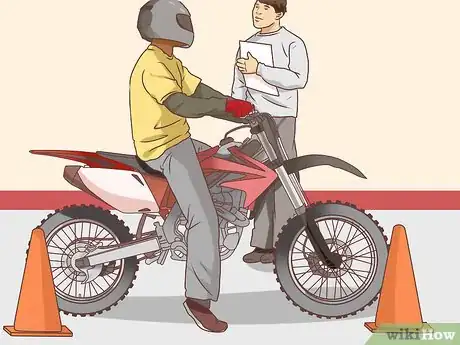
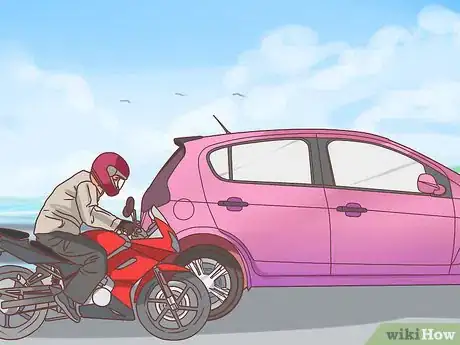
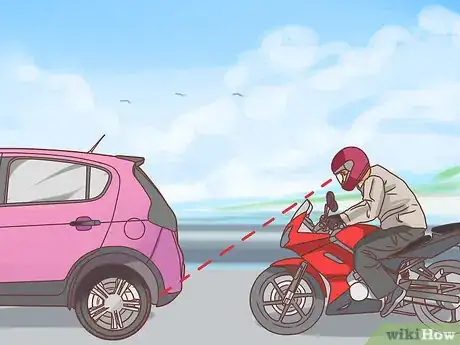
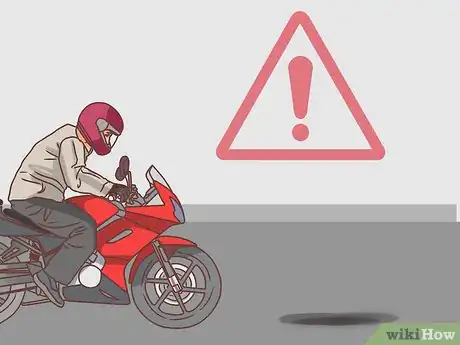
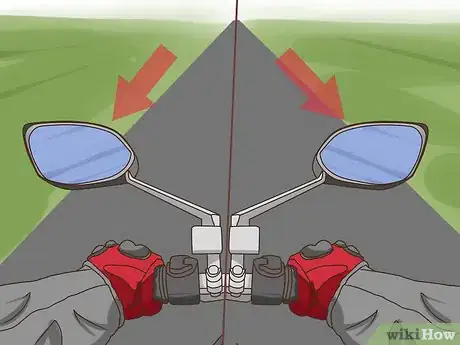
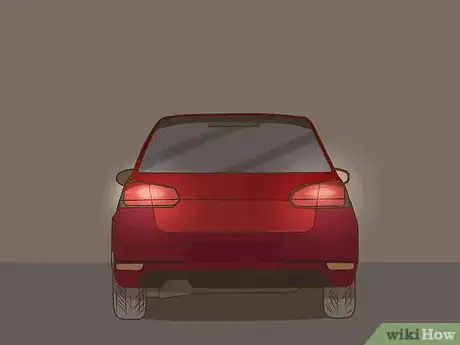
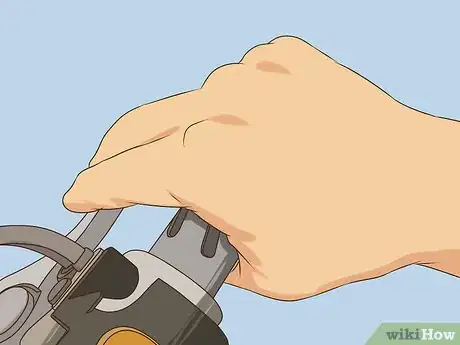
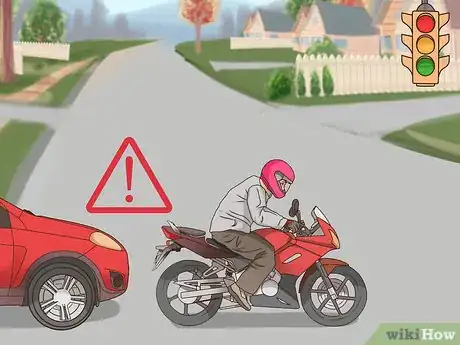
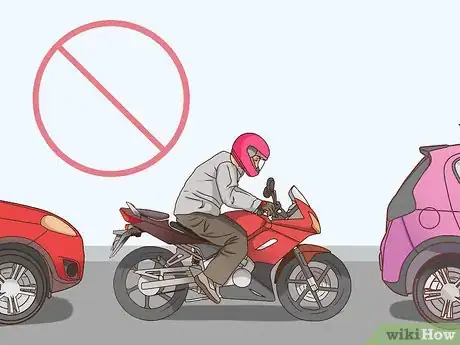
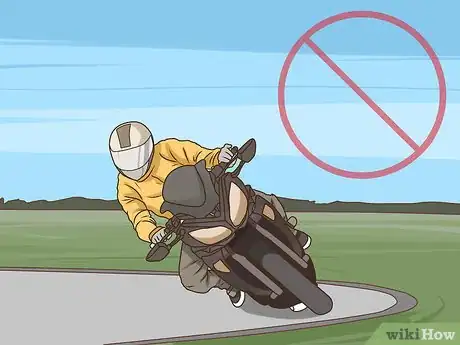
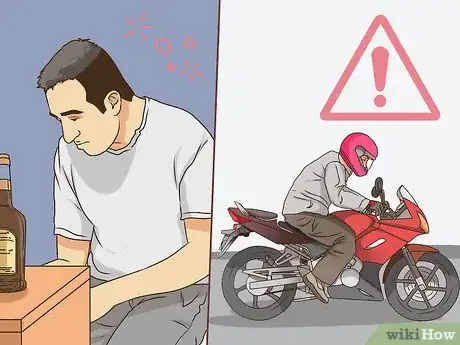
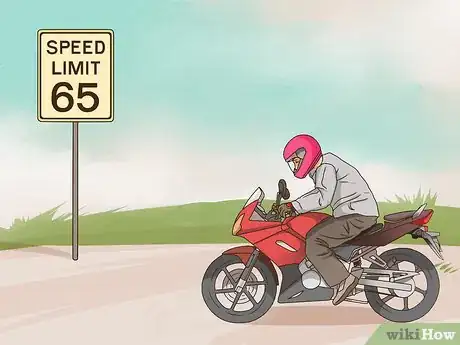
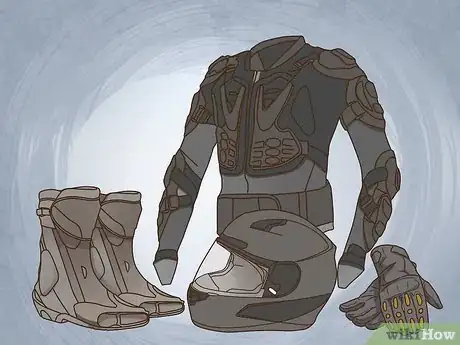
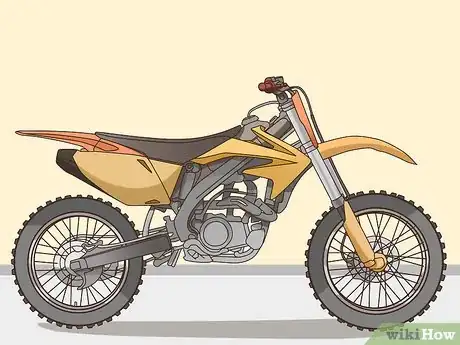
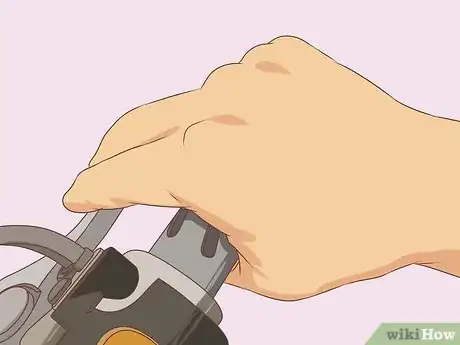
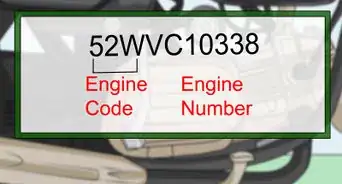
-Step-13.webp)
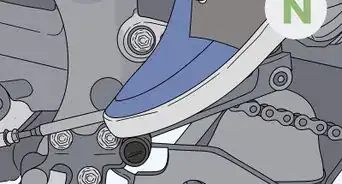
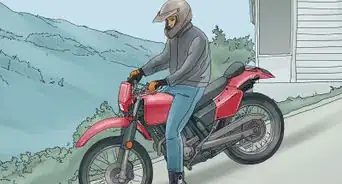
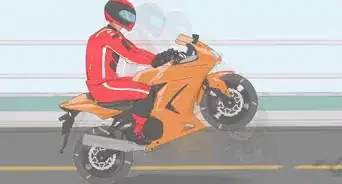
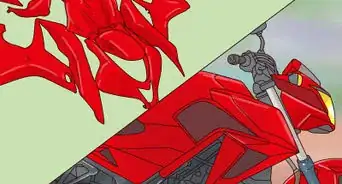
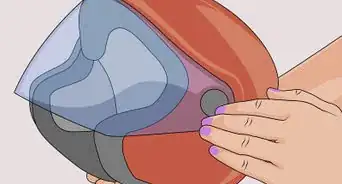
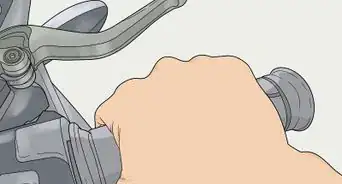
-Step-17.webp)
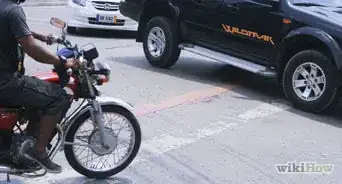
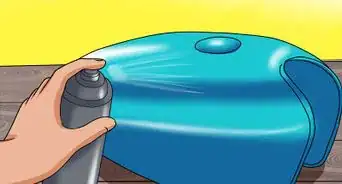








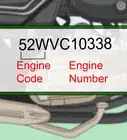
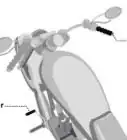
-Step-13.webp)
